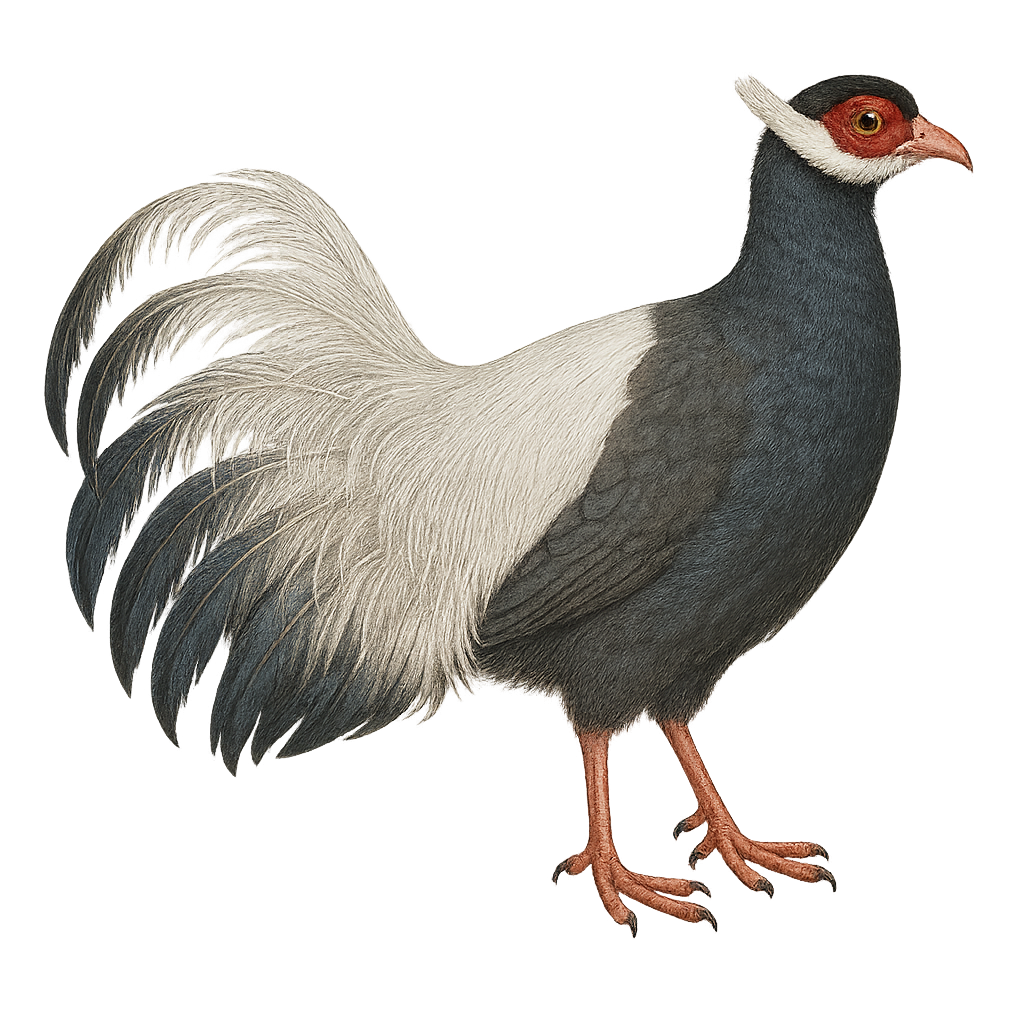Your wildlife photography guide.
Explore the brown eared pheasant in detail, study its behavior, prepare your shots.
Where to observe and photograph the brown eared pheasant in the wild
Learn where and when to spot the brown eared pheasant in the wild, how to identify the species based on distinctive features, and what natural environments it inhabits. The WildlifePhotographer app offers tailored photography tips that reflect the brown eared pheasant’s behavior, helping you capture better wildlife images. Explore the full species profile for key information including description, habitat, active periods, and approach techniques.
Brown Eared Pheasant
Scientific name: Crossoptilon mantchuricum

IUCN Status: Vulnerable
Family: PHASIANIDAE
Group: Birds
Sensitivity to human approach: Suspicious
Minimum approach distance: 10 m
Courtship display: March to May
Incubation: 24-26 jours
Hatchings: March to June
Habitat:
Mountain forests, alpine meadows
Activity period :
Primarily active during the day, with peak activity in the morning and late afternoon.
Identification and description:
The Brown Eared Pheasant, or Crossoptilon mantchuricum, is a fascinating bird native to the mountainous forests of China. This pheasant is distinguished by its long white ear tufts, which give it its name. Its plumage is primarily brown with metallic sheens, and it boasts an impressive tail. Males and females are similar, although males are slightly larger. They live in family groups and are known for their complex social behavior. Their diet mainly consists of seeds, roots, and insects. Unfortunately, this species is threatened by habitat loss and hunting. Conservation efforts are underway to protect these majestic birds and their environment.
Recommended lens:
400 mm – adjust based on distance, desired framing (portrait or habitat), and approach conditions.
Photography tips:
To photograph the Brown Eared Pheasant, choose early mornings or late afternoons when the light is soft. Use a telephoto lens of at least 400mm to capture details without disturbing the bird. Be patient and discreet, as these pheasants are suspicious. A tripod can be helpful to stabilize your camera, especially if using a long focal length. Try to capture the bird in its natural habitat to add context to your photos.
The WildlifePhotographer App is coming soon!
Be the first to explore the best nature spots, track rutting seasons, log your observations, and observe more wildlife.
Already 1 439 wildlife lovers subscribed worldwide

